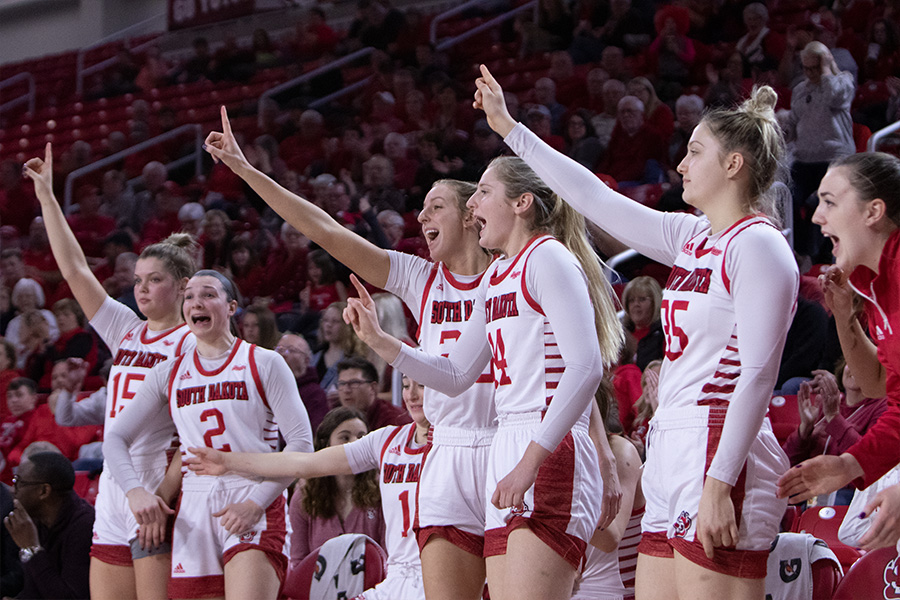Federal Study Looks At Paddlefish In Lake Sharpe
PIERRE, S.D. (AP) — A sharp slap to the backside sent the big fish on its way into the depths of the Bad River’s mouth.
The fish was one of 13 paddlefish turned loose into Lake Sharpe from Fort Pierre’s Bad River boat ramp in mid-May. They joined another 10 fish released into Hipple Lake as part of a U.S. Fish and Wildlife Service study into stocking paddlefish in the lake.
The idea actually came from the South Dakota Game, Fish and Parks Department. Paddlefish snagging has become very popular in some of the state’s downstream reservoirs because they often grow larger than 100 pounds. Fisheries staff in Fort Pierre wanted to try and create a fishable population in Lake Sharpe, the Pierre Capital Journal ( ) reported.
“They saw Lake Sharpe as another possibility,” said Landon Pierce, a USFWS biologist based in Pierre. “With them considering stocking paddlefish on Lake Sharpe, we had some questions.”
The problem is that since the Missouri River reservoir system was built, paddlefish spawning habitat has been tough to find. So tough, in fact, that most of South Dakota’s paddle fish are born in USFWS fish hatcheries before being stocked back into the Missouri.
“We don’t really know what paddlefish do in Lake Sharpe,” Kristen Grohs, another USFWS biologist said.
That’s why a team of fisheries biologists, including Grohs and Pierce, were wrestling with a tank full of the prehistoric monsters last month. Some of the fish weighed well over 100 pounds. Fortunately, paddlefish don’t have teeth.
Paddlefish are considered to be a remnant species and have plied the Missouri River’s waters since it formed. Fossil records indicate that paddlefish actually predated dinosaurs by several million years.
The species requires slow moving water at temperatures of about 50 degrees Fahrenheit and a cobbled riverbed to spawn successfully. They used to migrate more than 1,200 miles to find suitable spawning grounds. Those migrations have become impossible for the most part thanks to dams on rivers in their historic range in the Mississippi River basin.
Paddlefish also have long lives. They’ve been known to live up to 50 years in some cases. Their long lives also mean they reproduce slowly, sometimes taking more than a decade to spawn for the first time. That means paddlefish populations can take a long time to replenish once they’ve been reduced in numbers.
For many years paddlefish populations throughout their range declined steadily because they couldn’t spawn successfully and were fished hard, for sport, meat and caviar.
And that is how the USFWS came to be involved with paddlefish. In 1989, the service was petitioned to list paddlefish as a threatened species. Since then, more than 1 million hatchery raised paddlefish have been released in the Mississippi River drainage.
Now fishable populations have been created or enhanced at various points along the Missouri River. Lake Francis Case, where the fish being released into Lake Sharpe last week came from, is one of those success stories.
For their part, GF&P fisheries biologists are looking forward to the chance to work with paddlefish, said Fisheries Program Administrator Geno Adams.
“For the folks who work with the same species all the time, the chance to work with an ancient species like this is exciting,” he said.
Most of the 23 fish were captured on the White River near its mouth. Then they spent a night in American Creek before being taken in a USFWS hatchery truck to Lake Sharpe where they were each fitted with two external tags, one on the paddle and one at the base of the dorsal fin.
Biologists also surgically implanted radio transmitters into 20 of the fish, so they can be tracked through the year. The idea is to get a feel for how paddlefish spend their time in Lake Sharpe. The hope is that the fish will find a place to congregate, which will give anglers an opportunity to actually catch them.
Paddlefish feed by filtering microscopic plankton out of the water, so they really aren’t susceptible to traditional fishing practices or modern practices by people like Jimmy John Shark. They have to be snagged.
Because the feed almost exclusively on zooplankton, paddlefish spend a lot of their time near the plankton-rich surface waters of their home river so they can be seen and targeted. Still, snagging a paddlefish is only feasible if the fish gather in large numbers, Pierce said. Otherwise it’s like finding a needle in a haystack the size of Rhode Island.
There really isn’t much risk involved either, Grohs said. Paddlefish won’t compete with other game fish for food and won’t be stocked in large numbers, so they likely won’t have much, if any, impact on other fish species. Paddlefish also won’t be able to spawn naturally in Lake Sharpe.
“Plus it’s always nice to restore a native fish,” Grohs said.
If the study returns positive results, the new fishing opportunity would also give USFWS another source of brood stock for its hatcheries. That will help insure paddlefish populations against disease outbreaks, Pierce said.
“It does give us another population of fish,” Pierce said.
That population, however, would still be several years from being created. For a stocking program to be started on Lake Sharpe there would first have to be extra fish available from the Gavins Point Hatchery. Right now, every paddlefish raised there is spoken for, and Lake Francis Case will take priority over Lake Sharpe, Adams said.
Even after the first stocking, it will take up to 12 years before any of the paddlefish grow large enough to attract anglers.
“We don’t want to get anyone’s hopes up that we’ll have a fishable population in the next few years, because we won’t,” Adams said.
___
Information from: Pierre Capital Journal,

